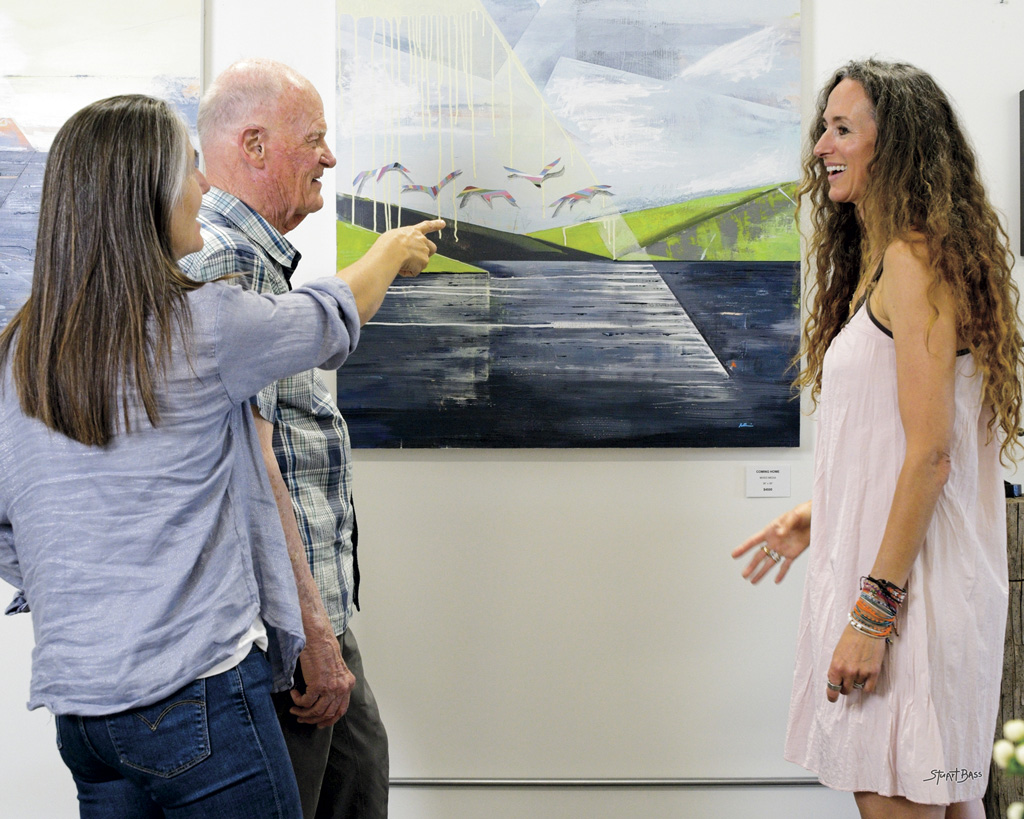Life is about to get one step closer to being like an action-packed comic book. Superheroes can now literally fly to an emergency and save the day.
“Qualified superheroes — that’s what we call them because they truly are,” says Carl Dietrich, founder and president of Jump Aero, a company bringing electric vertical takeoff and landing vehicles (eVOTLs) to first responders, cutting emergency response time in half.
In American suburbs and urban areas, the emergency response time is an average of 7.5 to 8 minutes. But in rural areas, that time doubles to an average of 15 minutes. “It really can mean the difference between life and death,” says Dietrich.
Jump Aero is aiming to target rural America and Dietrich estimates that the system will save 100,000 lives each year. It will make a big difference to people impacted by time-critical emergencies, including heart attacks, strokes, car accidents or allergic reactions, where every second counts.
The response time for rural areas is so long because of the long distance to local hospitals, where many ambulances are based. To make matters worse, many of these local hospitals around the country are closing down, creating ambulance deserts: locations where on average it takes over 25 minutes for an emergency vehicle to arrive on the scene. According to Dietrich, “4.2 million Americans live in ambulance deserts. It’s a problem that is bad today and getting worse.”
With Jump Aero, trained pilots and paramedics or EMTs will be based out of non-towered airports. eVOTLs are faster than a driven ambulance and quicker to fly than a helicopter, which has a thermal engine that needs time to heat up before takeoff.
This, of course, is exciting news for members of a rural community, but they shouldn’t expect it to be implemented just yet. Since it is an entirely new technology, Jump Aero has to prove the benefits are worth the cost before counties sign the service into their budgets. Dietrich’s plan is to approach the private market first by creating a subscription service for members of rural communities. Jump Aero also has plans to sell aircraft to first-response organizations that
already have a flight department.
“Our goal is to get this technology out there saving lives, as soon as possible,” says Dietrich. And starting out privately is the way to introduce the service on a beta level. As rural communities see the benefits to Jump Aero from private customers, superheroes could soon be flying to the rescue throughout the country.














